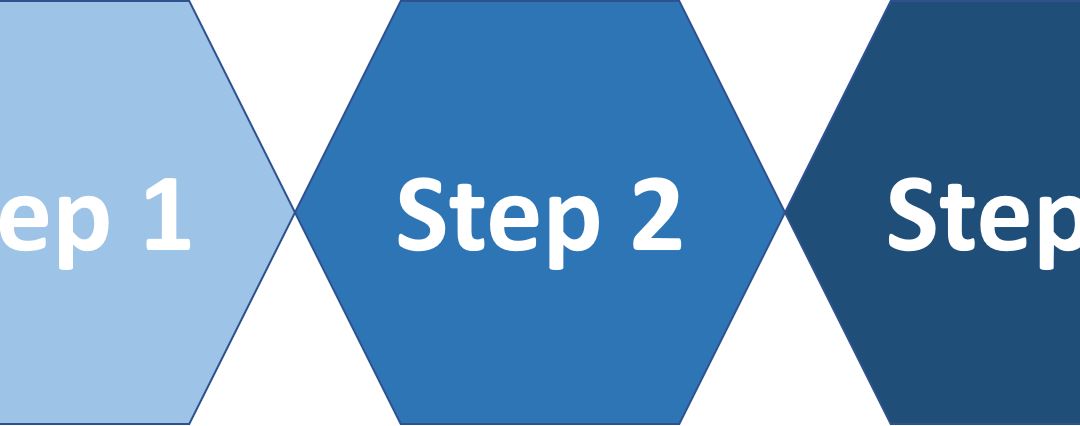Tools like the Mission/Vision Canvas, the Problem Framing Canvas, and the Premortem tool all help teams develop a brief statement of some sort. It’s a pretty good feeling when the group comes up with a formulation or a phrase that they all agree on, and the statement itself can be a really helpful foundation and guide as the project or effort moves forward.
However, the work isn’t necessarily complete once the session ends and consensus has been reached. The group may have a pretty good version of a Vision Statement or a Problem Statement, but what they do next will determine how effective that statement is. I recommend a three-step process that looks something like this.
- Sleep on it. Set the statement aside and come back in a day or two with fresh eyes. You may discover it’s not as clear and clever as it seemed at the time. You may uncover a gap or a friction point, an opportunity to improve it… or you may confirm that it’s exactly what you hoped it would be.
- Socialize it. Share it with some colleagues who were not in the session and get their perspectives. Ask if it resonates with them – is it clear, accurate, actionable, etc? Testing it out and validating / refining the statement doesn’t have to take long or be super formal. In fact, it’s probably best if it’s quick and informal.
- Wordsmith it. Continue to play around with word choice and word order. Might the statement make more sense if you shuffled some parts around, swapped in a synonym, or made other changes? Sleeping on it and socializing it may unlock some new ideas you didn’t come up with in the original session.
As much as an ITK session aims to develop “clarity and consensus” on topics, keep in mind most of this work is actually iterative. We hardly ever follow the one-and-done path, and we like to remind people that there is a zero percent chance we got it one hundred percent correct on the first try. As a general rule, we get the most of out ITK sessions when we think about them as the beginning of a conversation rather than the end of one.

